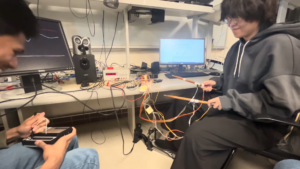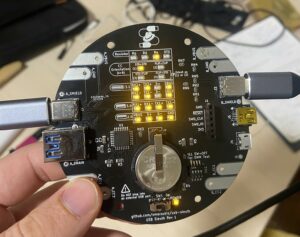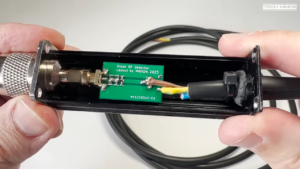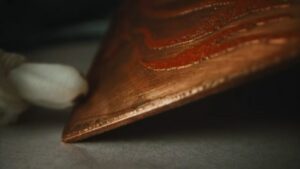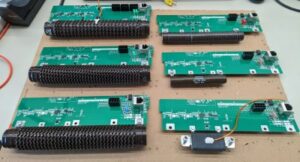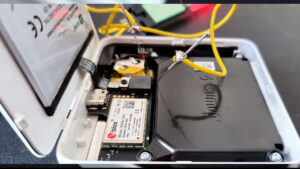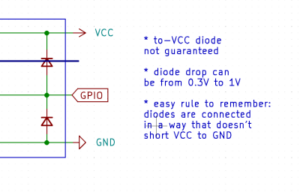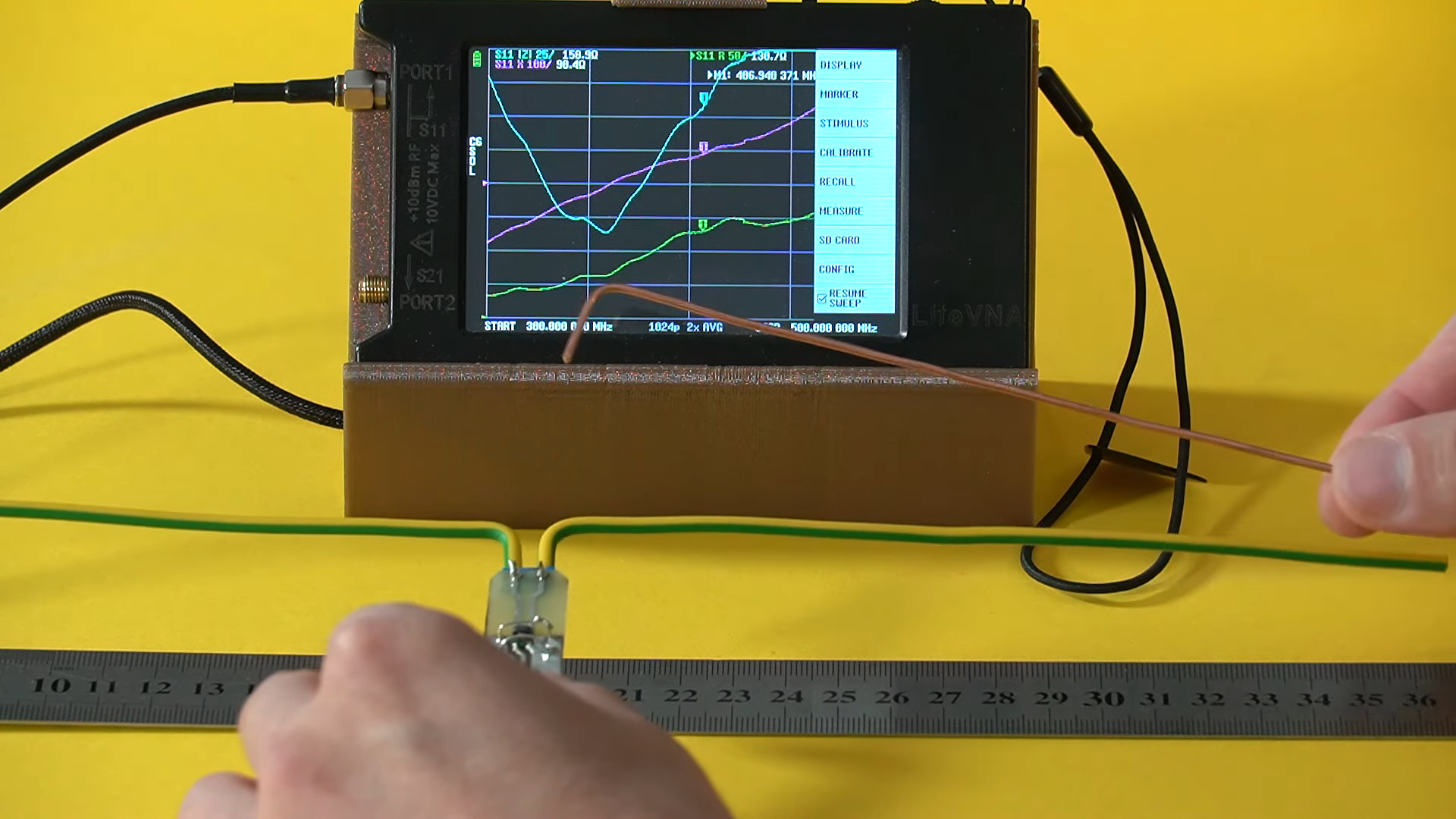
Dipole antennas are easy, right? Just follow the formula, cut two pieces of wire, attach your feedline, and you’re on the air. But then again, maybe not. You’re always advised to cut the legs a little long so you can trim to the right length, but why? Shouldn’t the math just be right? And what difference does wire choice make on the antenna’s characteristics? The simple dipole isn’t really that simple at all.
If you’ve got antenna questions, check out [FesZ]’s new video on resonant dipoles, which is a deep dive into some of the mysteries of the humble dipole. In true [FesZ] fashion, he starts with simulations of various dipole configurations ranging from the ideal case — a lossless conductor in free space with as close to zero diameter conductors as the MMANA antenna simulator can support — and gradually build up to more practical designs.
We’ve got to admit that we were surprised by how much the wire diameter affects the resonant frequency of these theoretical antennas — the chunkier the wire, the lower the resonant frequency, which is defined as the frequency at which the antenna’s impedance has only a resistive component. On the other hand, material selection plays a role, too, with copper wire being the best choice in terms of loss, followed by aluminum wire and then iron pipe, which is very lossy at small diameters. Luckily, these differences even out with increasing conductor diameter.
The most interesting part of the video for us was the experiments with practical antennas, which he builds from different materials and tests on a LiteVNA — kind of like a NanoVNA on steroids. As expected, wire thickness plays a part in antenna bandwidth — the finer the wire, the narrower the bandwidth — and the measured resonant frequency worked out to be pretty much what it was in simulation. Insulation on the wire had an unexpectedly huge effect too, pushing the resonant frequency down around 25 MHz.
Thanks to [FesZ] for this effective demonstration of designing antennas for the real world.
- SEO Powered Content & PR Distribution. Get Amplified Today.
- PlatoData.Network Vertical Generative Ai. Empower Yourself. Access Here.
- PlatoAiStream. Web3 Intelligence. Knowledge Amplified. Access Here.
- PlatoESG. Automotive / EVs, Carbon, CleanTech, Energy, Environment, Solar, Waste Management. Access Here.
- PlatoHealth. Biotech and Clinical Trials Intelligence. Access Here.
- ChartPrime. Elevate your Trading Game with ChartPrime. Access Here.
- BlockOffsets. Modernizing Environmental Offset Ownership. Access Here.
- Source: https://hackaday.com/2023/08/16/the-dipole-antenna-isnt-as-simple-as-it-appears/
- :has
- :is
- :not
- $UP
- 25
- a
- admit
- again
- AIR
- All
- always
- an
- and
- antenna
- ARE
- around
- AS
- At
- attach
- Bandwidth
- BE
- being
- BEST
- build
- builds
- but
- by
- CAN
- case
- characteristics
- check
- choice
- Close
- component
- conductor
- content
- Copper
- Cut
- deep
- deep dive
- defined
- designing
- designs
- difference
- differences
- different
- does
- down
- easy
- effect
- Effective
- embedded
- Even
- expected
- experiments
- Fashion
- follow
- followed
- For
- formula
- Free
- Frequency
- from
- gradually
- had
- hand
- he
- How
- http
- HTTPS
- huge
- ideal
- in
- increasing
- interesting
- into
- IT
- just
- Kind
- legs
- Length
- like
- little
- Long
- loss
- lower
- luckily
- make
- material
- materials
- math
- maybe
- measured
- more
- most
- much
- of
- on
- only
- Other
- out
- part
- pieces
- pipe
- plato
- Plato Data Intelligence
- PlatoData
- plays
- Practical
- pretty
- Pushing
- Questions
- ranging
- real
- real world
- really
- right
- Role
- selection
- Simple
- simulation
- small
- So
- some
- Space
- starts
- support
- surprised
- terms
- tests
- that
- The
- then
- theoretical
- These
- this
- to
- too
- true
- two
- us
- various
- very
- Video
- was
- we
- were
- What
- which
- why
- Wire
- with
- worked
- world
- you
- Your
- youtube
- zephyrnet
- zero


